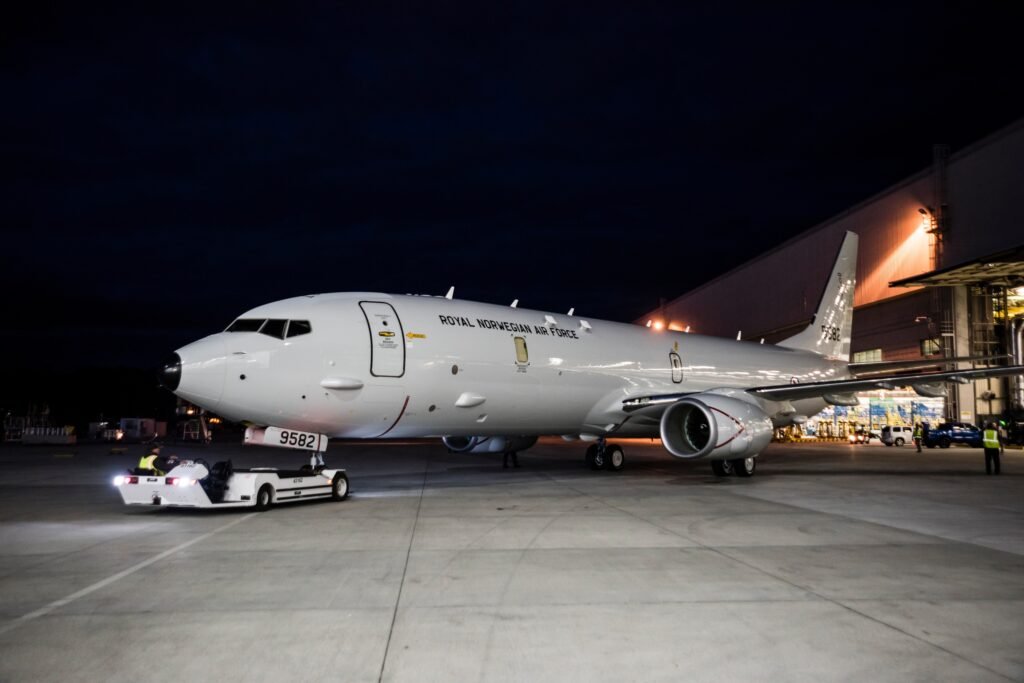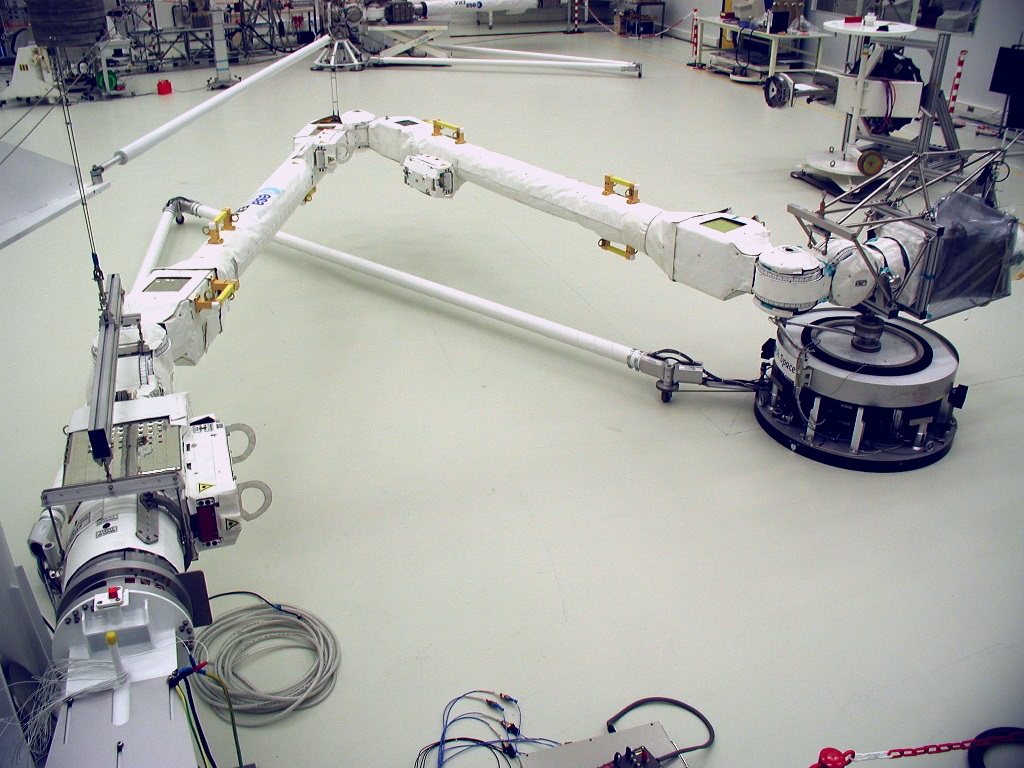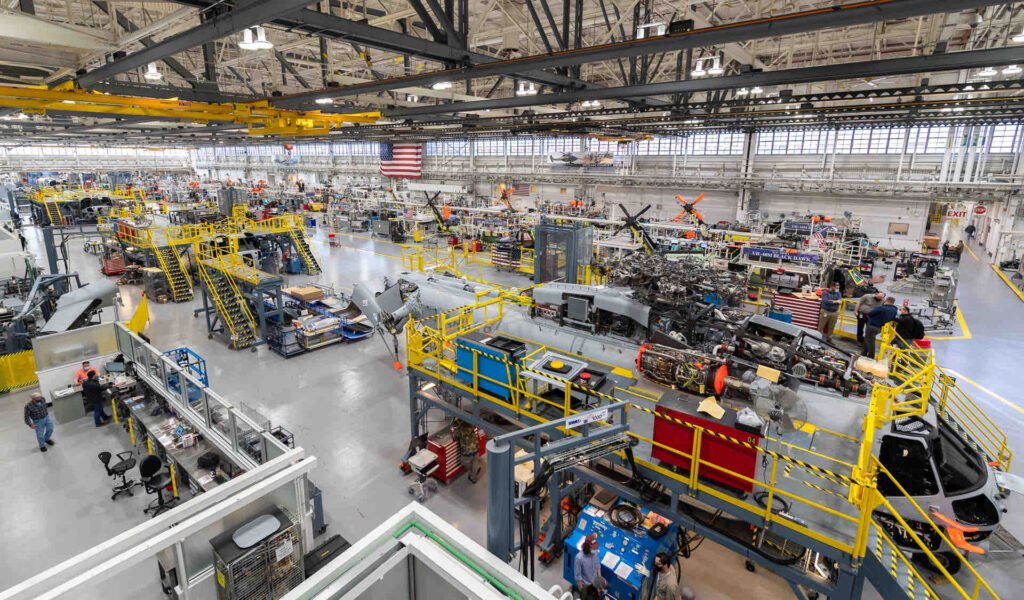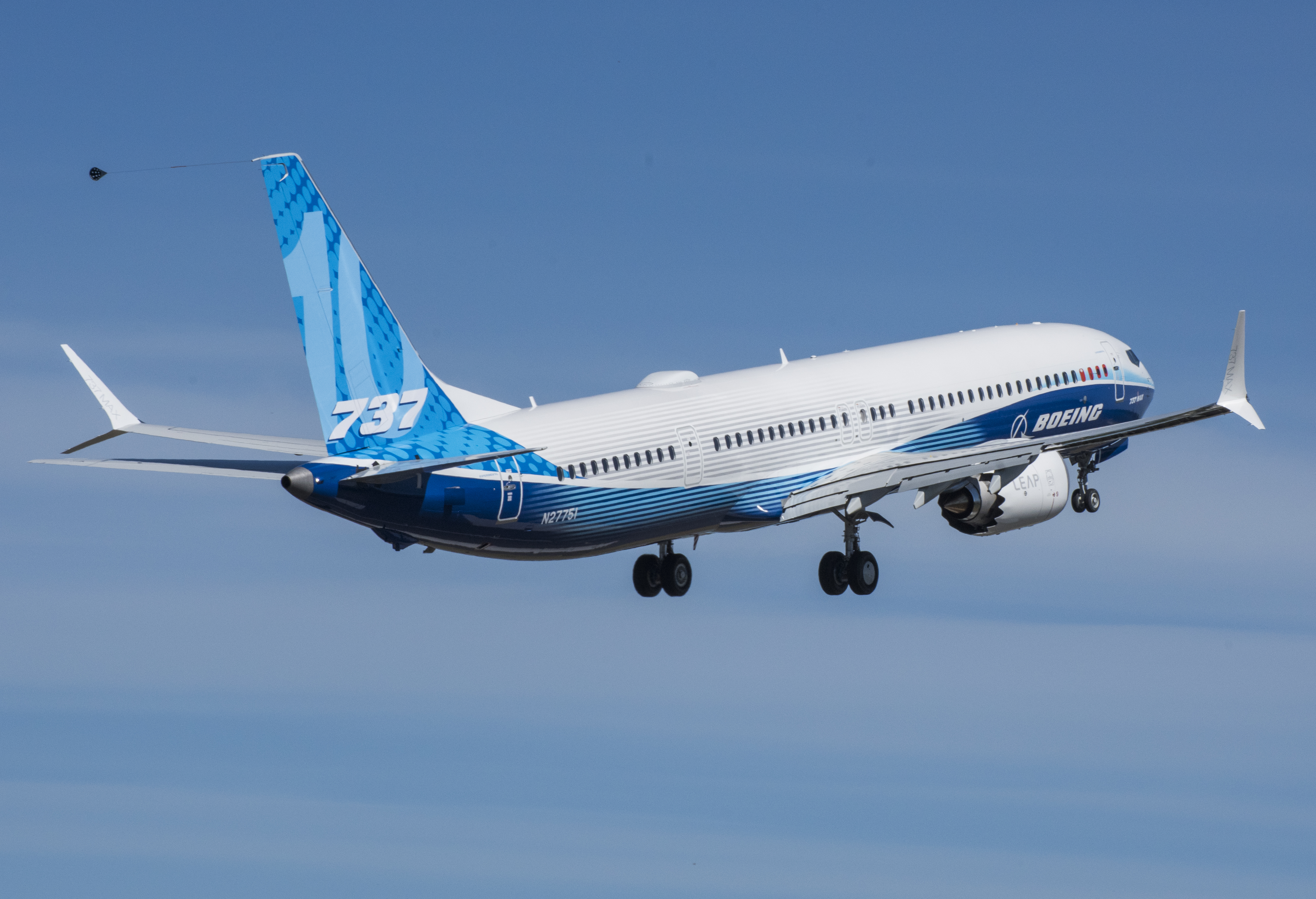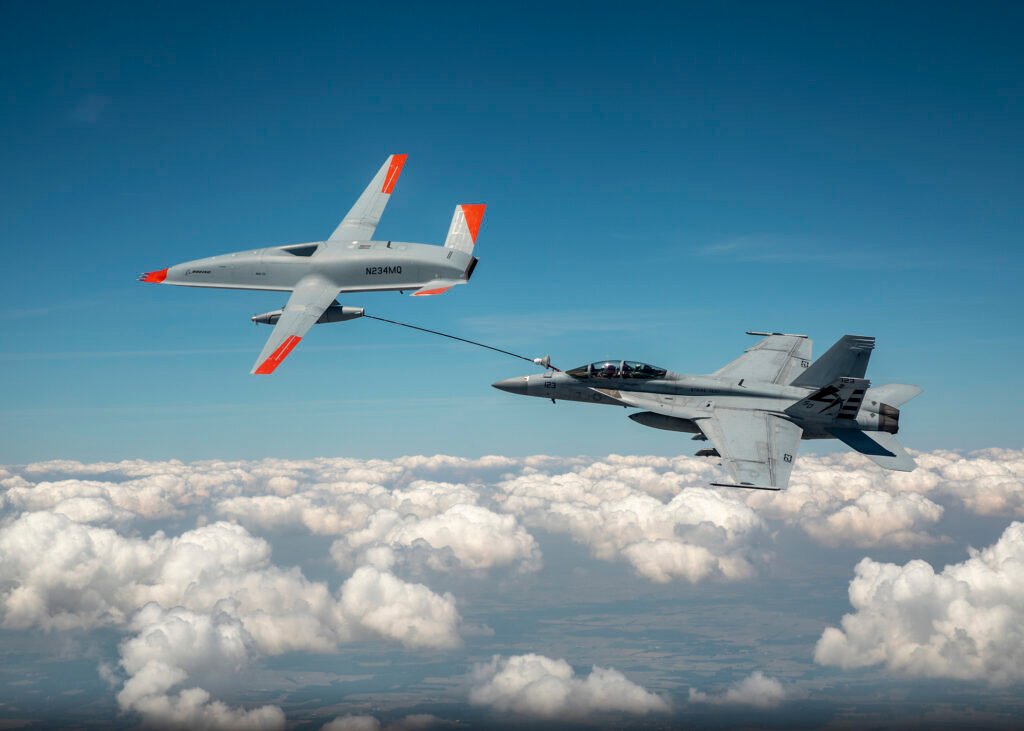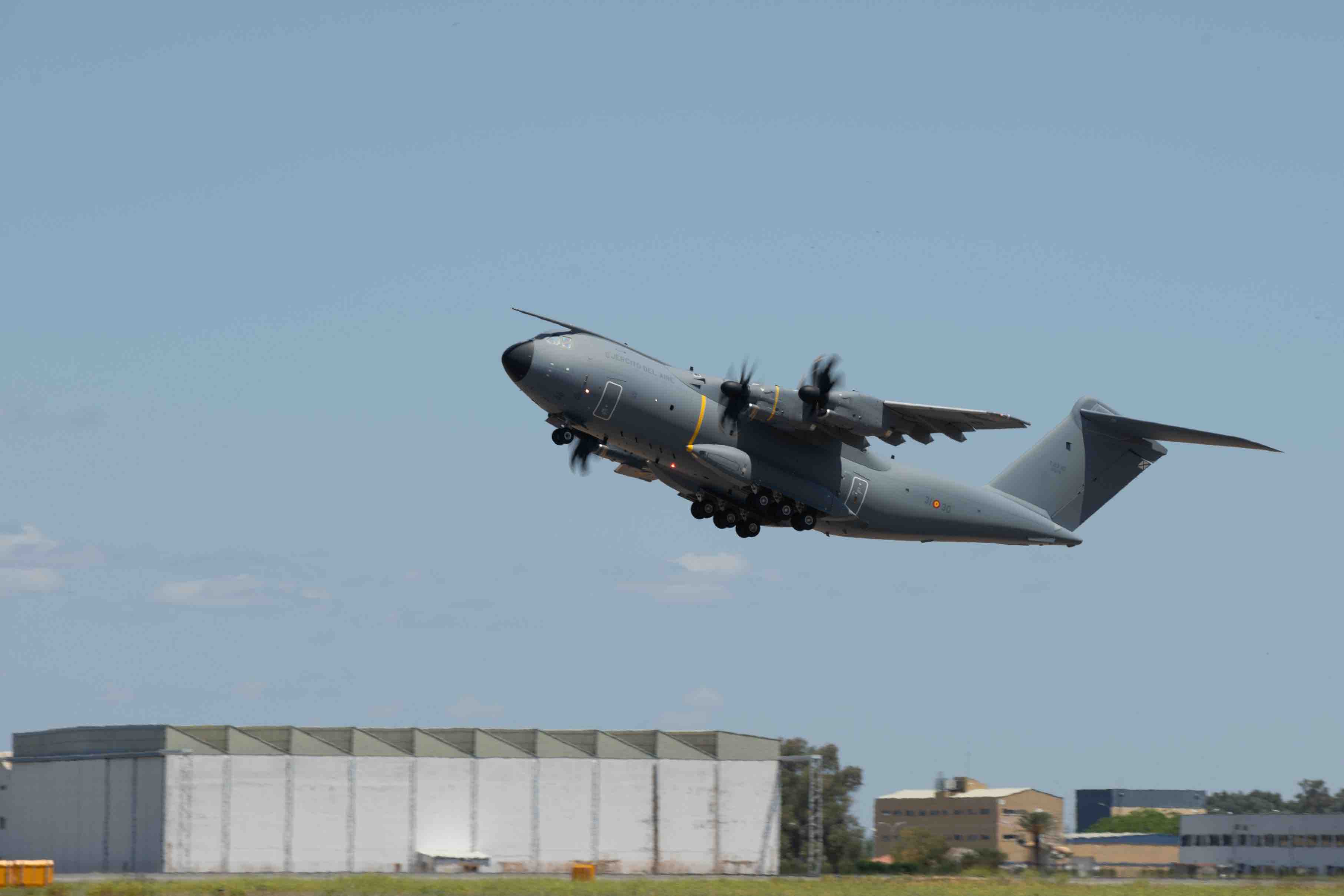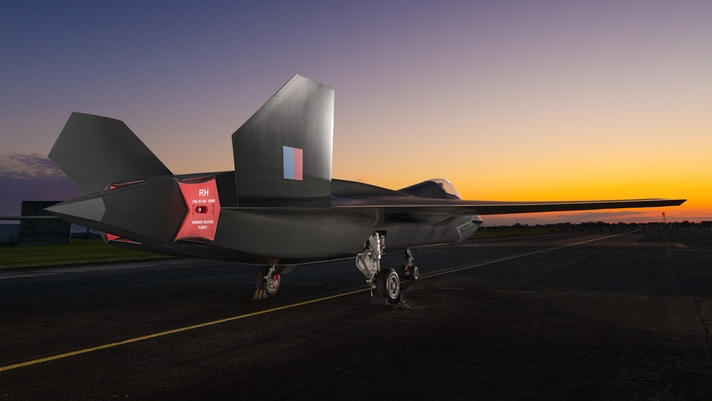Norway’s First P-8A Poseidon Rolls Out of Boeing Paint Shop
The first P-8A Poseidon aircraft for Norway today rolled out of the paint shop in Renton, in Royal Norwegian Air Force livery. Norway is one of eight nations to have acquired the P-8A as their…
